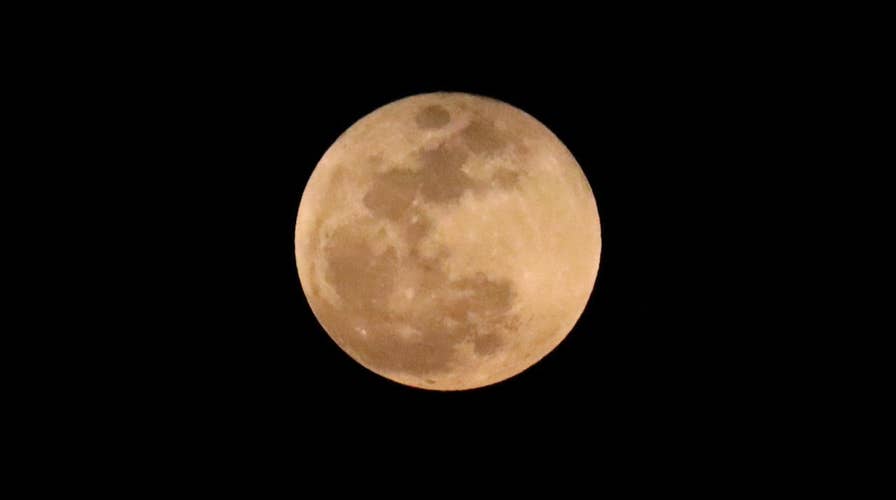Moon covered in water? New study suggests yes
A new study suggests that water may not just be contained to the lunar poles but it may be found throughout the surface. What does this mean for planet earth?
It may not be as widely available as say a bottle of Poland Spring, but the water on the Moon may be more accessible than first thought, giving new hope for its potential.
The analysis, which appeared in the journal Nature Geoscience earlier this month, may wind up letting researchers understand where the water comes from. It could also indicate whether it could be used to sustain life or for conversion into rocket fuel, breaking it down into its base elements, hydrogen and oxygen.
"Regardless of the specific composition or formation mechanism, we conclude that OH/H2O [Hydroxide/Water] can be present on the Moon under thermal conditions more wide-ranging than previously recognized," the study's abstract reads. The study was conducted by Michael Poston, Joshua Bandfield, Rachel Klima and Christopher Edwards.
LUNAR FOUNTAIN? ACCESSIBLE ICE COULD LURK IN MOON'S LAVA TUBES
“By putting some limits on how mobile the water or the OH on the surface is, we can help constrain how much water could reach the cold traps in the polar regions,” said Poston in a NASA press release.
Water was first discovered on the Moon in 2009 by three spacecraft. However, it was believed up until now that the water was trapped in "cold traps" at the Moon's poles. That is no longer the case.
According to NASA, a cold trap is a region that’s "so cold, the water vapor and other volatiles which come into contact with the surface will remain stable for an extended period of time, perhaps up to several billion years."
It's still unclear how accessible the water is, but the study does suggest that it can be found on the lunar surface both during the day and the night.
It's also unclear what its source is, though the team did not rule out that the water may be emanating from the Moon itself, via minerals.
TRUMP WANTS TO SEE NASA BOOTS ON THE MOON
“Some of these scientific problems are very, very difficult, and it’s only by drawing on multiple resources from different missions that are we able to hone in on an answer,” said NASA Lunar Reconnaissance Orbiter project scientist John Keller in the release.
The study follows recent reports that suggest there may be an underground network of lava tubes on the Moon which may provide access to subsurface ice, as well as water.
Follow Chris Ciaccia on Twitter @Chris_Ciaccia





















